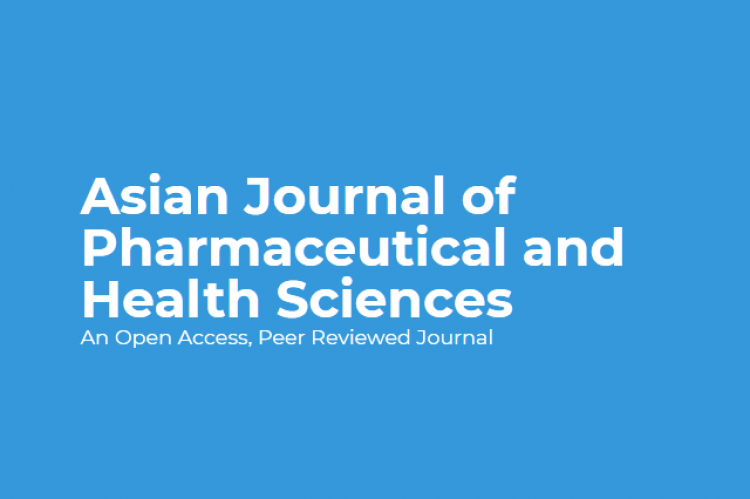Rosuvastatin is a HMG CoA reductase inhibitor, and are used as antihyperlipidaemic drugs. Studies demonstrated a reduction of up to 54 % in plasma Coenzyme Q10 concentration after Statin therapy. Coenzyme Q10 (ubiquinone) is an important cofactor in the mitochondrial oxidative phosphorylation which generates ATP. The biosynthesis of this molecule requires isoprenoid chains generated in the de novo Cholesterol synthesis pathway, which is inhibited by Statin therapy. This is one of the mechanisms contributing to the Statin associated myopathy. The objective of the study is to evaluate the effectiveness of co administration of rosuvastatin calcium and coenzyme Q10, studied in guinea pigs. Histopathological examination of skeletal muscles of guinea pigs showed rosuvastatin treated group showed muscle fibres with mildly contracted, thin nuclei and longitudinal splits - suggestive of mild toxic changes. A reduction in fibre length in animals treated with rosuvastatin calcium was observed. There was a significant enhancement of serum creatine kinase value in rosuvastatin treated group. While the group with rosuvastatin coadministered with coenzyme Q10 showed a significant reduction in serum creatine kinase value. Co administration of coenzyme Q10 at a dose of 30mg and Rosuvastatin resulted in a significant decrease (P<0.05) in the incidence of muscle toxicity in guinea pigs as per the parameters studied.
View:
- PDF (5.38 MB)


